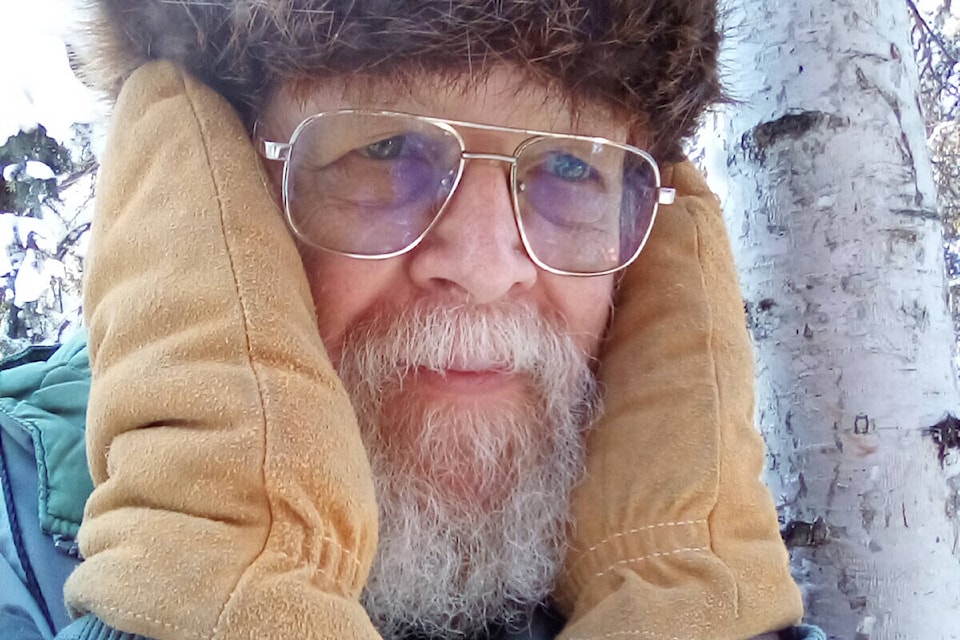Back in 1970, I was in a bush camp and in those days, we were pretty much isolated from the rest of the world except for a daily sched on a short-wave radio.
We got a newspaper in on the supply flight and one fellow read out an article because several of the crew couldn’t read. It was about hypothermia, and it was the first time any of us had heard that word.
One of the fellows said “Dang, I have been hypothermic most of my life.” We all laughed. Before that word came along people called it things like shivers, shakes, darned cold, brain freeze, exposure or freezing to death. It is estimated that at least 80 people in Canada die from hypothermia every year, so you should know what the symptoms are and what to do about it.
Basically, your core body temperature begins to drop and that is not good. Sometimes it causes people to shiver or shake. If you live in Canada and go out much in winter, you have probably experienced this. What kid hasn’t?
This is the start of mild hypothermia, and you don’t want it to go any farther. You can raise your temperature by getting out of the cold and into a warmer place or you can run on the spot, do jumping jacks, wave your arms and stomp your feet. The idea is to increase your heart rate, get the blood flowing and get your core temperature back to normal. Or you light a fire and warm up. If you are in the bush and you fall into the lake or go through the ice you really do need to think about lighting a fire and drying out or getting back to camp quickly.
However, if you are outside in the cold for a long period of time or live in an apartment where the landlord keeps the temperature low, over a long period of time your body temperature creeps down. You may not get the shivers but ease into phase two. This involves slurred speech, slow shallow breathing, weak pulse, and grumbliness. Most people will turn on their stove for heat, go someplace warm or cover themselves up with electric blankets. I remember one person telling me in the winter their apartment was too cold to live in. Ok to sleep in but not to live in so they spent a lot of time in the bar in winter. At least it was warm enough to be comfortable. If true one would think there should be a bylaw about that.
Stage three is getting very serious. It involves drowsiness and mental confusion. I have been in stage three a few times working in the bush and I have to tell you it is a whole lot more than that.
I was trudging along on snowshoes. It was dark, probably seven at night, 30 to 40 below and a full moon had risen. Trudge, trudge, trudging along. I started to get warm, so I unzipped my parka a bit. I came into a birch forest and was struck by how beautiful, peaceful, tranquil it was.
I was feeling euphoric and very, very tired. It also felt like I was in a dream. I just wanted to sit down or lie down and have a little nap. In the back of my mind, it said “No, don’t sit.” So instead, I leaned against a tree with my shoulder. My eyes drifted shut and I began to slip. That clicked a “get moving” command. One more step. One more step. One more step. I made it back to camp, drank some warm water with sugar in it. Soaked up heat from the airtight and survived.
I had been deep into stage three and had I sat down, I am pretty sure I would have passed into stage four apparent death followed by stage five which is terminally serious. Hypothermia is not something you want to play around with, and I would suggest you pay attention and act when any symptoms appear.
Stay warm and healthy. And if you see someone going hypothermic, get them help immediately.
